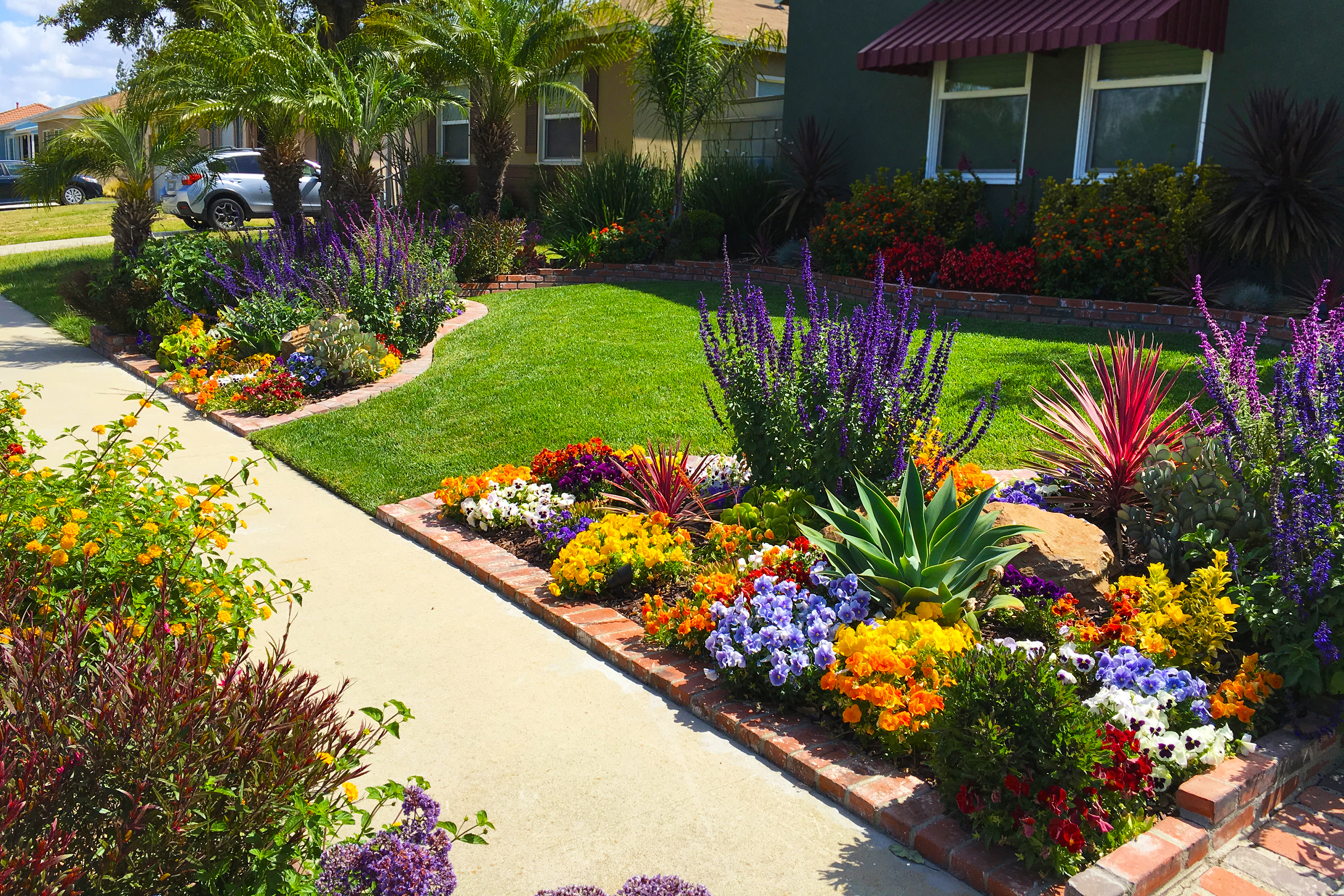Why Selecting the Right Palm Desert Landscaping Service Matters
Why Selecting the Right Palm Desert Landscaping Service Matters
Blog Article
A Comprehensive Guide to Creating and Implementing Effective Landscape Design Solutions
The art and scientific research of landscape design expand beyond plain aesthetic appeals; they entail a thoughtful assimilation of design principles, ecological stewardship, and useful implementation. What techniques can one use to make sure these landscapes not just grow but also thrive in consistency with their environments?

Recognizing Landscape Layout Principles
One may wonder what foundational elements add to efficient landscape style. At its core, successful landscape layout depends upon several vital principles that direct the arrangement and option of aspects within a space. These concepts include unity, percentage, rhythm, and balance, each offering to create an unified outdoor setting.
Unity refers to the natural relationship amongst various elements, ensuring that they collaborate visually and functionally. Equilibrium can be achieved via unbalanced or symmetrical setups, allowing the landscape to really feel secure and inviting. Percentage entails understanding the range of components in connection with each various other and the surrounding environment, promoting aesthetic consistency and comfort.

Examining Your Outdoor Space
Before applying the principles of landscape design, a complete evaluation of your exterior room is crucial. This first examination assists define the extent of your landscape design job and makes certain that your design aligns with the special features of your home. Begin by examining the measurements of your room, taking precise measurements to understand the offered area for different aspects such as patio areas, yards, and paths.
Next, observe the existing functions of your landscape, including topography, soil high quality, and drain patterns. These elements considerably influence plant selection and placement. Additionally, assess the sunshine exposure across different locations throughout the day, as this will certainly affect the kinds of plants that flourish in your garden.
Consider the microclimates created by frameworks, trees, and various other challenges, as they can affect temperature and dampness degrees. Finally, remember of any type of existing plants or hardscape elements that you desire to eliminate or retain. This comprehensive analysis lays the foundation for a knowledgeable and effective landscape design option, guaranteeing that your design is not just visually pleasing yet sustainable and additionally practical for several years to find.
Sustainable Landscape Design Techniques
These techniques not only promote eco-friendly balance yet also improve the visual and useful worth of a landscape. Implementing effective irrigation systems, such as drip irrigation, lessens water waste and makes sure that plants receive adequate moisture (Palm Desert Landscaping).

One more reliable technique is the tactical positioning of bushes and trees to supply all-natural windbreaks and shade, therefore reducing energy costs (Palm Desert Landscaping). Rain gardens can be integrated into the landscape layout to handle stormwater drainage properly, filtering contaminants before they enter waterways
Picking the Right Plant Kingdoms
Selecting the right plants for your landscape is important to attaining both aesthetic appeal and ecological harmony. The process starts with an understanding of your neighborhood climate, soil conditions, and the particular microenvironments within your landscape. Examining variables such as sunshine direct exposure, moisture levels, and existing flora will help you choose plants that flourish in your distinct setting.
Think about integrating indigenous plants, as they are well-adapted to regional conditions, need less maintenance, and support local wildlife. Additionally, selecting a diverse array of species can boost biodiversity while reducing the risk of disease and pest outbreaks. It is vital to evaluate the development behaviors, growing durations, and seasonal shades of possible plants to produce a natural and dynamic landscape.
Moreover, believe regarding the intended use of the room; for circumstances, if find the location will experience high foot traffic, decide for resistant ground covers. By thoughtfully choosing plants that align with both your ecological requirements and aesthetic goals, you can develop a sustainable landscape that not only boosts your home but additionally contributes positively to the bordering environment.

Implementation and Upkeep Approaches
Once the ideal plants have actually been chosen for your landscape, the focus changes to reliable implementation and recurring upkeep strategies. Successful installment starts with proper website prep work, which includes soil testing to figure out nutrient degrees and pH, followed by amending the dirt as required. Thoroughly set up plants according to their development habits and light requirements, guaranteeing appropriate spacing to advertise healthy and balanced growth.
Irrigation is an essential component of implementation. Establish a watering schedule that thinks about the certain demands of each plant species, adjusting for seasonal changes. Using drip watering systems can improve water effectiveness and minimize overflow.
Maintenance methods have to be applied to make certain the long life and vigor of your landscape. Normal jobs include weeding, mulching, and pruning to control growth and avoid illness. Fertilization ought to be carried out based on their explanation soil examinations, giving the essential nutrients without over-fertilizing.
Keeping an eye on for illness and pests is essential; early detection can protect against substantial damage. Finally, seasonal adjustments to maintenance routines, such as winterizing perennials and preparing for spring development, will certainly make certain that your landscape stays healthy and visually attractive year-round.
Verdict
Successful application and ongoing upkeep additionally make certain the long life and vigor of landscapes. By integrating these aspects, landscapes can Click Here be transformed into gorgeous, functional atmospheres that advertise biodiversity and contribute favorably to community well-being.
One might wonder what fundamental aspects add to effective landscape layout. At its core, successful landscape layout hinges on numerous essential concepts that assist the plan and choice of components within a room.Selecting the right plants for your landscape is crucial to attaining both visual allure and ecological consistency. It is important to examine the development routines, growing durations, and seasonal colors of prospective plants to develop a dynamic and natural landscape.
Once the appropriate plants have been selected for your landscape, the focus moves to effective execution and ongoing upkeep approaches.
Report this page